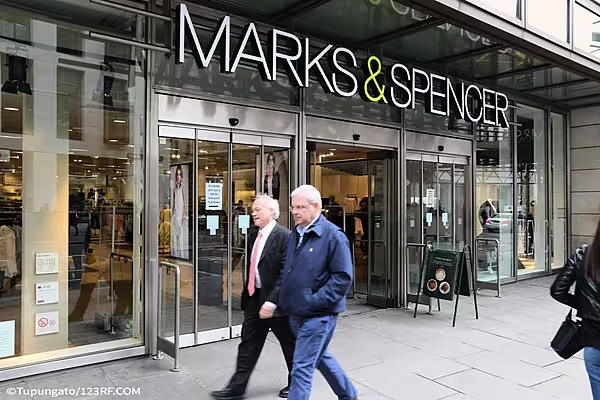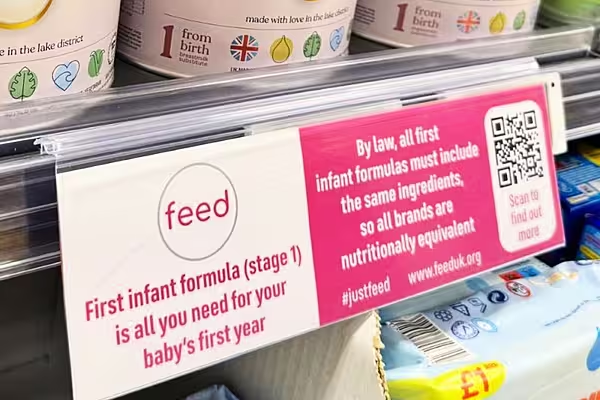U.K. inflation resumed its upward march last month, accelerating more than forecast to the fastest pace in four years.
An increase in prices for computer games, laptops and package holidays -- partly reflecting the impact of the weaker pound -- lifted the inflation rate to 2.9 percent, the highest since June 2013. Economists had forecast that it would remain at 2.7 percent.
Core inflation, which excludes food and energy, also unexpectedly quickened in May, according to the Office for National Statistics. It reached 2.6 percent, the highest since November 2012.
The price pickup means additional pressure on households, who aren’t seeing their wages keep pace. Bank of England Governor Mark Carney expects inflation to keep accelerating this year before falling back slightly from 2018. The BOE targets a 2 percent rate.
Faster Inflation
Faster inflation is already weighing on the economy. Growth slowed to 0.2 percent in the first quarter, partly because of weaker consumer spending, and the National Institute of Economic and Social Research estimates it hasn’t picked up so far this quarter.
Consumers may further retrench after this month’s snap election saw Prime Minister Theresa May lose her parliamentary majority, adding to uncertainty surrounding Brexit negotiations. That prompted investors to pare bets on a BOE interest-rate increase by the end of 2018 to 36 percent from 52 percent before the vote.
The pound stayed higher against the dollar after the inflation data and was up 0.3 percent at $1.2702 as of 9:43 a.m. London time. It’s fallen 2 percent since the June 8 election.
While inflation has climbed from just 0.3 percent a year ago, there are signs that some of the import-cost pressures are easing after the pound stabilized earlier this year.
The annual increase in factory input prices slowed to 11.6 percent in May, the weakest since September, and the ONS said it’s “continuing its decline from 19.9 percent in January 2017 following the recent strength of sterling.” Output-price inflation held steady at 3.6 percent.
News by Bloomberg, edited by ESM. Click subscribe to sign up to ESM: The European Supermarket Magazine.










